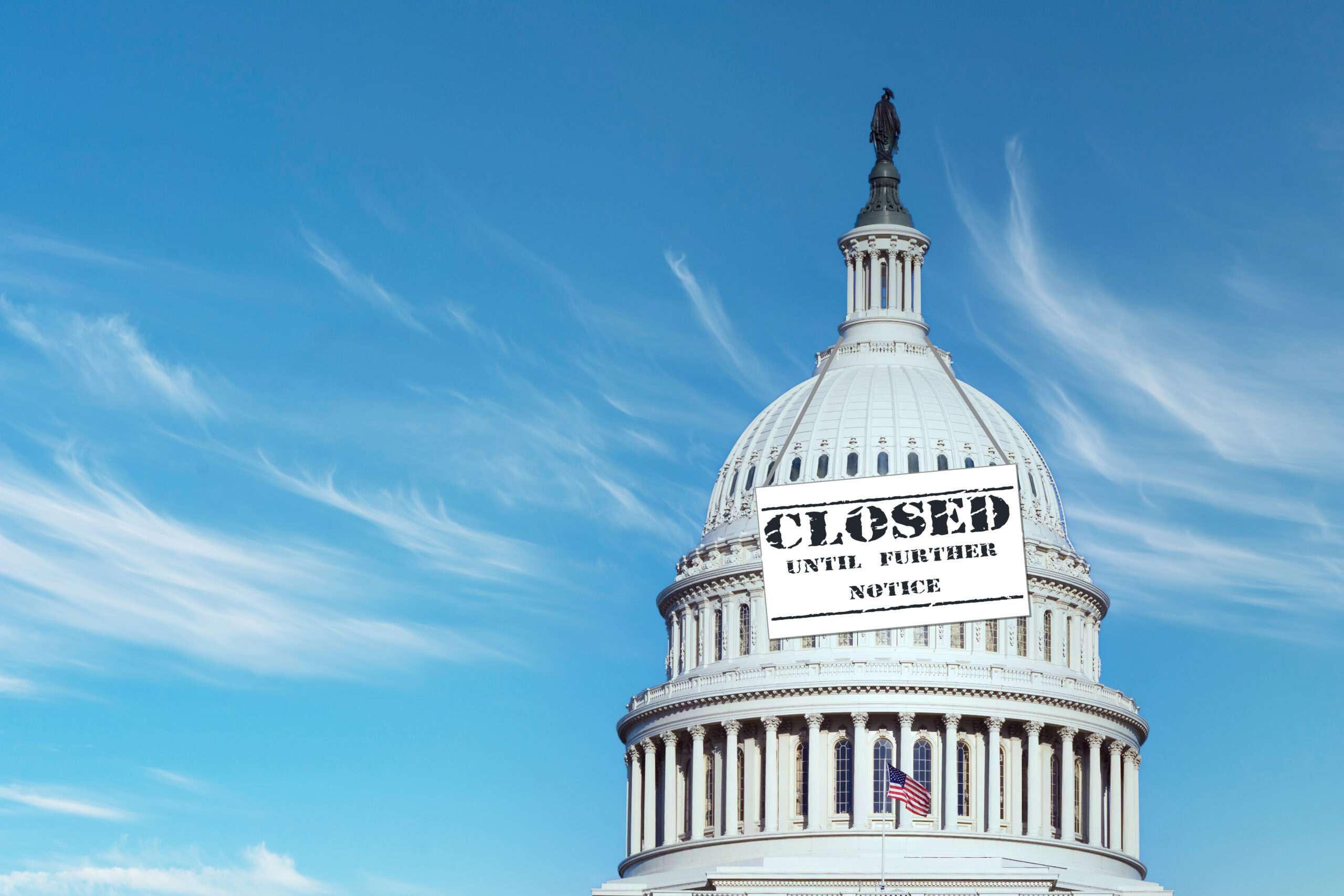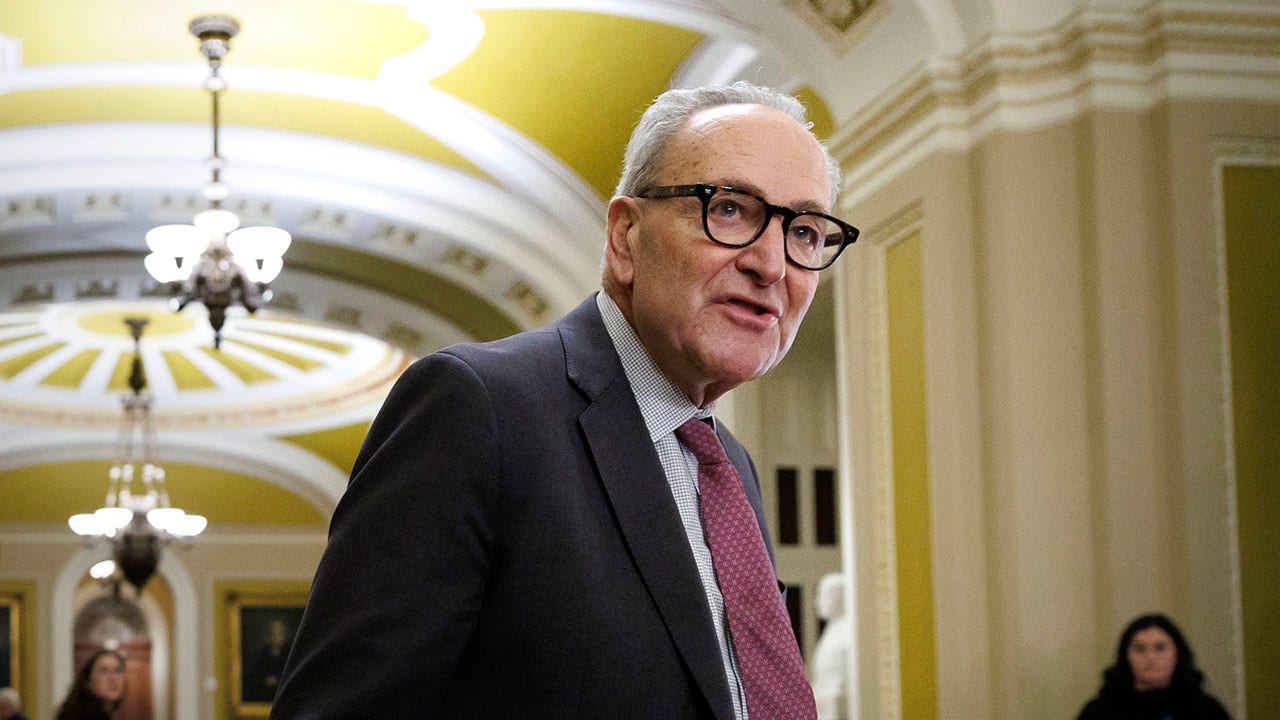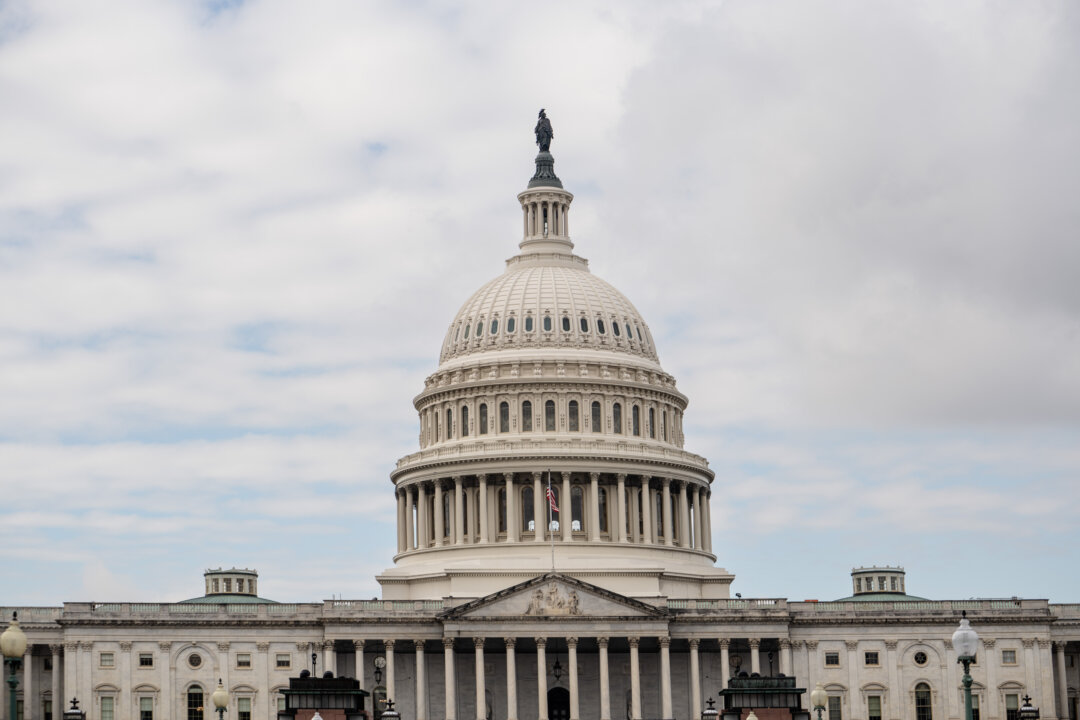Record-Breaking Government Shutdown Intensifies, Sparks Sky Chaos Warnings and Political Maneuvering
The U.S. government shutdown, now the longest in history, causes widespread disruption, unpaid federal workers, and warnings of air traffic chaos amid political stalemate.
Overview
- The U.S. government shutdown has entered its 36th day, officially becoming the longest in the nation's history, with no immediate resolution in sight for the political impasse.
- Millions of Americans face widespread disruption due to federal program cuts, flight delays, and federal workers going without paychecks, impacting essential services nationwide.
- The Transportation Secretary warned of potential chaos in the skies, citing severe air traffic controller shortages exacerbated by the prolonged government shutdown.
- Senate Democrats are actively exploring various "off-ramp" options and exit strategies to end the record-breaking shutdown as pressure mounts for a resolution.
- Republicans, led by Senate Majority Leader John Thune, guaranteed Senate Democrats a vote on a bill to extend expiring Obamacare subsidies, a key point in negotiations.
Report issue

Read both sides in 5 minutes each day
Analysis
Center-leaning sources frame this story by consistently emphasizing the severe and widespread negative impacts of the government shutdown on millions of Americans. They use evaluative language to describe the "painful days" and "mounting consequences," detailing disruptions to essential services and the financial strain on federal workers, thereby highlighting the urgency and detriment of the political stalemate.
Articles (17)
Center (8)
FAQ
The government shutdown is causing a temporary slowdown in economic activity, with real GDP in the fourth quarter of 2025 expected to be lower than it otherwise would have been. This is due to fewer federal services, reduced federal spending on goods and services, and a temporary drop in aggregate demand. The longer the shutdown lasts, the more severe the economic impact, with estimates showing a reduction in GDP growth of up to two percentage points if the shutdown lasts eight weeks.
Federal workers are either furloughed or working without pay, leading to significant financial hardship. Many have cut back on spending, and some have taken on additional jobs to make ends meet. While back pay is guaranteed, the interruption in cash flow has hurt consumer confidence and local businesses that rely on federal employees.
The shutdown has led to severe air traffic controller shortages, prompting warnings of potential chaos in the skies. Essential services like air traffic control are being strained, which could result in flight delays and disruptions for millions of travelers.
Senate Democrats are exploring various exit strategies to end the shutdown, while Republicans have offered a vote on a bill to extend expiring Obamacare subsidies, a key point in negotiations. However, there is still no immediate resolution in sight as the political impasse continues.
The shutdown is interrupting the collection, processing, and dissemination of key federal economic data, creating a 'data drought' that leaves markets and policymakers with limited visibility. This constrains the Federal Reserve's ability to make evidence-based policy decisions.
While most of the lost economic output is expected to rebound once federal funding resumes, the reduction in output from the time furloughed employees did not work will not be recovered. This means that some GDP loss is permanent, even after the shutdown ends.
History
- 10h

 12 articles
12 articles

















